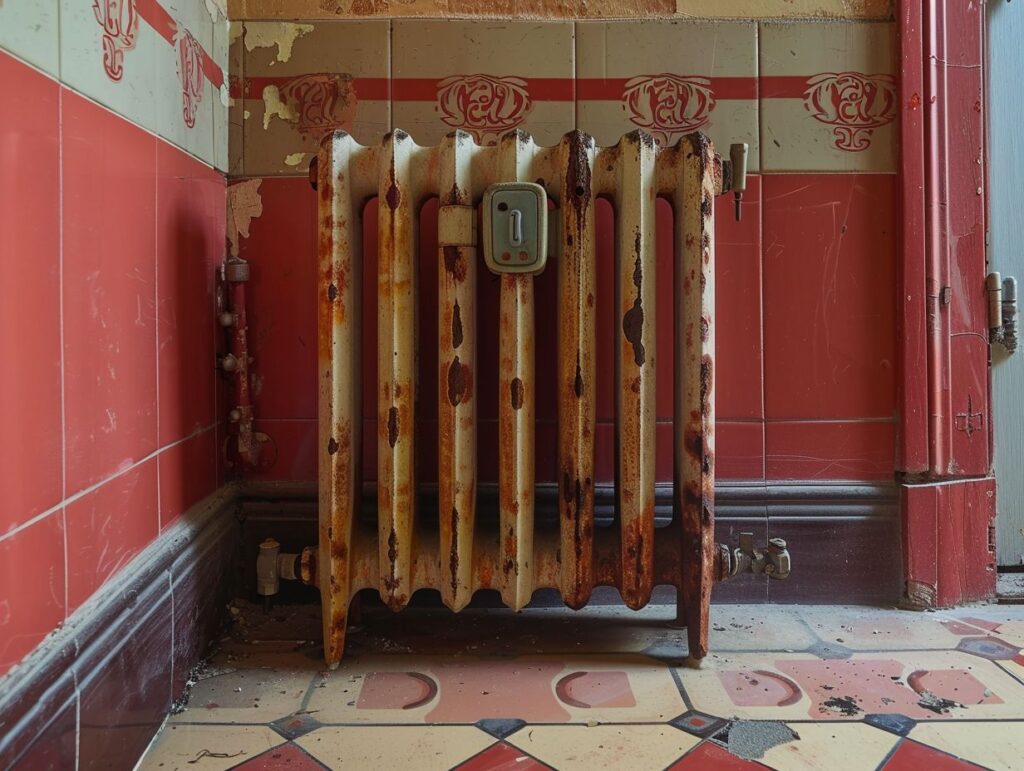Are you in the market for a new radiator and feeling inundated by the array of options available?
In this article, the key distinctions between Type 11 and Type 22 radiators will be outlined, encompassing factors such as heat output, efficiency, installation, and maintenance.
Additionally, considerations for selecting the appropriate radiator for your individual requirements will be explored, along with a cost analysis to facilitate an informed decision-making process.
Discover the best radiator type for your needs and make an educated selection!
Key Takeaways:
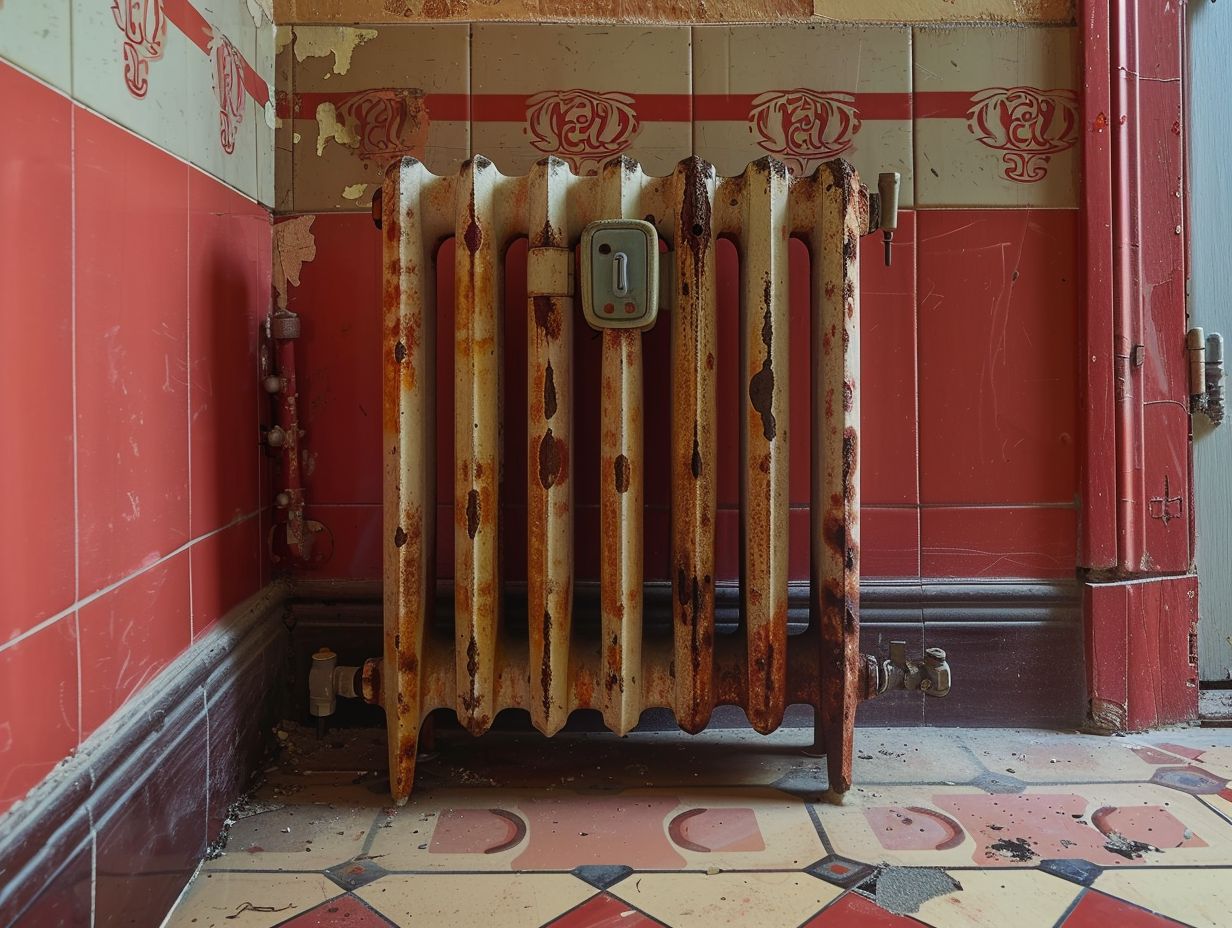
- Type 11 radiators are single panel, single convector radiators that provide basic heat output, while Type 22 radiators are double panel, double convector radiators with higher heat output and efficiency.
- When it comes to installation and maintenance, Type 22 radiators may require more space and effort, but their increased heat output can lead to long-term cost savings.
- The best type of radiator for you depends on your specific needs and preferences. Consider factors such as room size, insulation, and budget when choosing between Type 11 and Type 22 radiators.
Explanation of Type 11 and Type 22 Radiators
In heating systems, Type 11 and Type 22 radiators are commonly used. Type 11 consists of a single panel and one set of convection fins, whilst Type 22 is equipped with two panels and two sets of fins, resulting in increased heat output and efficiency.
The difference in design between Type 11 and Type 22 radiators has a significant impact on their heat distribution capabilities. Type 11 radiators, with their simpler configuration, are well-suited for smaller areas or rooms that demand moderate heating levels.
On the other hand, Type 22 radiators provide a higher heat output due to the additional panel and fins, making them a suitable choice for larger spaces or areas that require more efficient heating solutions.
Understanding these distinctions enables homeowners to select the most suitable radiator type based on their heating requirements and space constraints.
Key Differences Between Type 11 and Type 22 Radiators
To make informed heating decisions, it is crucial for you to understand the key differences between Type 11 and Type 22 radiators. These radiators differ in heat output and efficiency because of their distinct panel designs and convection fin arrangements.
Heat Output and Efficiency
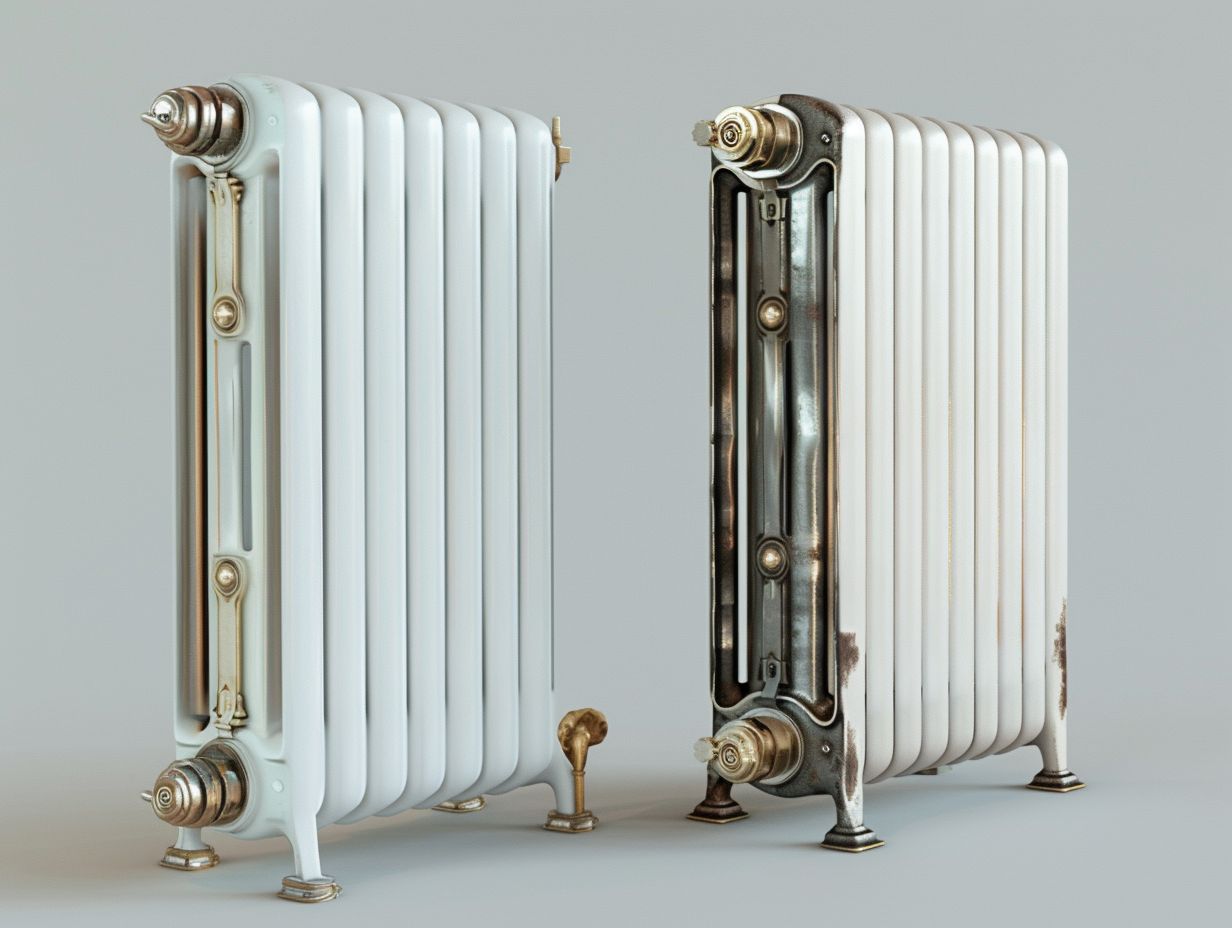
When selecting radiators for your space, it is important to consider factors such as heat output and efficiency. Understanding the BTU (British Thermal Unit) rating of a radiator is crucial in determining its heat output and effectiveness in heating rooms efficiently.
The BTU rating serves as an indicator of the amount of heat a radiator can generate, which directly affects its ability to distribute warmth throughout the room.
Radiators with higher BTU ratings have a greater heat output, making them more suitable for larger spaces or areas with high heat loss. Effective heat distribution plays a vital role in maintaining a comfortable environment while maximising energy efficiency.
Choosing radiators with appropriate BTU ratings based on your room size is essential to ensure that you achieve the desired level of warmth without unnecessary energy wastage.
Installation and Maintenance
Proper installation and regular maintenance are crucial for ensuring that your radiators operate efficiently. By utilising radiator valves and radiator keys, you can effectively regulate the heat output and address any maintenance requirements to optimise performance.
Radiator valves play a vital role in controlling the flow of hot water into the radiator, enabling you to adjust the temperature in various rooms and conserve energy. Selecting the appropriate type of valves based on your heating system and personal preferences is essential.
Radiator keys are practical tools for removing air from the system, improving heat circulation, and preventing cold spots. Regularly bleeding your radiators is key to ensuring they function optimally, mitigating issues such as noisy operation or uneven heating.
Choosing the Right Radiator for Your Needs
When selecting the appropriate radiator for your requirements, it is crucial to take into account factors such as the size of the room, heat output requirements, and the aesthetic appeal of designer radiators.
Given the range of radiator types on the market, it is important to ensure that the radiator chosen aligns with the unique heating needs of each individual room.
Factors to Consider
When selecting a radiator, you should consider several factors, such as the size of the room, existing heating systems, and the suitability of different radiator types. Evaluating these elements is essential to ensure efficient heat distribution and overall comfort.
The size of the room is a key factor in determining the appropriate radiator size required for effective heating. Larger rooms may need radiators with higher heat output capacities, while smaller spaces can make do with smaller radiator models.
It is important to assess your existing heating setups to decide if supplementary heating or a complete replacement is necessary. Understanding the compatibility of various radiator types, like panel radiators, column radiators, or electric radiators, with your current system is crucial for achieving optimal performance and energy efficiency.
Cost Comparison of Type 11 and Type 22 Radiators
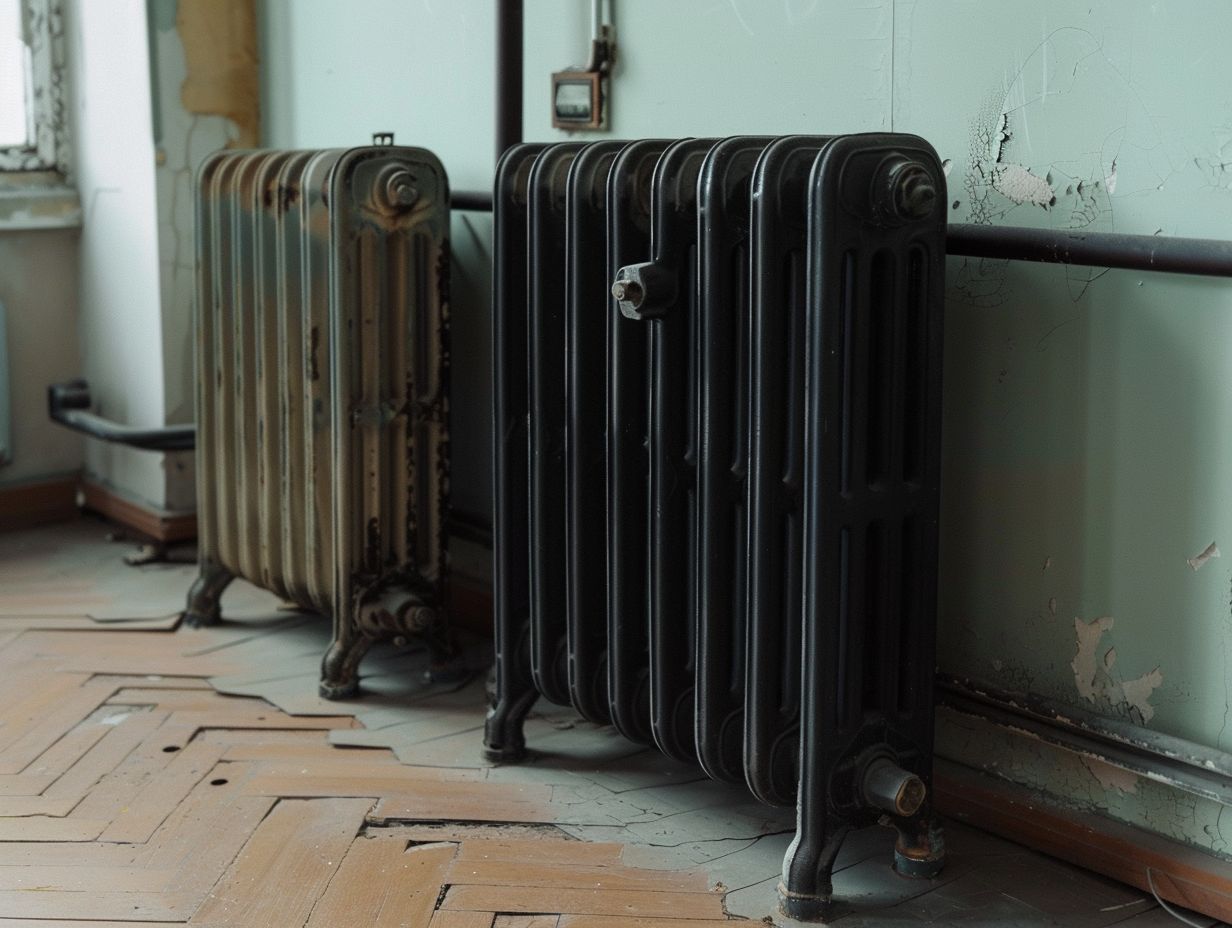
When comparing the costs of Type 11 and Type 22 radiators, you need to assess the initial investment in relation to the potential long-term savings. Although Type 22 radiators may come with a higher upfront cost, their efficiency can result in substantial savings over time when compared to Type 11 radiators.
Initial Cost and Long-Term Savings
When considering radiators, the initial cost and potential long-term savings are influenced by a variety of factors, such as the BTU requirements of the room and the overall energy efficiency of the radiators.
Utilising a BTU calculator can assist you in estimating both the initial and long-term costs associated with different types of radiators.
Ensuring an accurate assessment of a room’s specific heating needs allows individuals to choose radiators that are neither overpowered nor underpowered, thereby optimising both comfort and cost-effectiveness.
Whilst more efficient radiators with higher energy ratings may come with a greater initial cost, they can lead to substantial long-term savings by reducing energy consumption.
BTU calculators take into account variables like room size, insulation levels, and desired temperature to offer a personalised estimate of the cost-effectiveness of various radiator models over time.
Which Type of Radiator is Best for You?
When determining the best type of radiator for your needs, it is important to assess factors such as your room temperature preferences, heating schedules, and the specific heating requirements of each room. By customising your radiator choice to address these personalised needs, you can achieve optimal comfort and efficiency.
Factors to Consider for Your Specific Needs
When determining the right radiator for your specific requirements, you should consider factors such as the room size, the need for radiator keys for maintenance, and the heating demands of the space. These considerations are essential to ensure that your radiator choice aligns with your unique heating needs.
The size of the room is a critical factor in determining the appropriate radiator size needed to effectively heat the space. A small room may require a compact radiator, while a larger space might benefit from a more powerful unit.
It is important to have radiator keys on hand for maintenance tasks to ensure the longevity and efficiency of your radiator.
Understanding the heating demands of your room, whether it’s consistent warmth for a bedroom or quick heating for a living room, will help guide you towards selecting the most suitable radiator type for your specific requirements.
Frequently Asked Questions
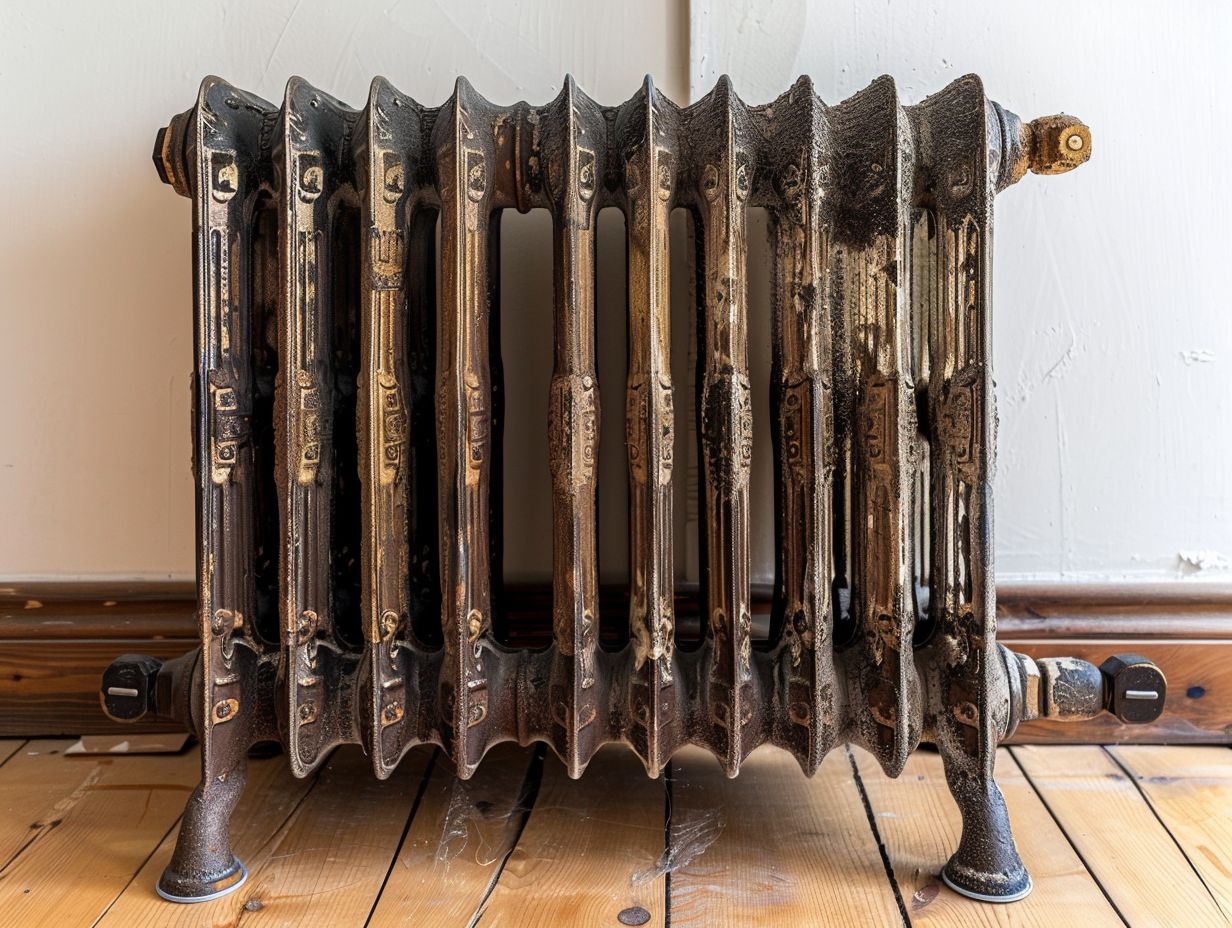
What is the difference between Type 11 Radiators and Type 22 Radiators?
The main difference between these two types of radiators is the number of panels and convectors they have. Type 11 radiators have one panel and one convector, while Type 22 radiators have two panels and two convectors.
Which type of radiator is more efficient?
Type 22 radiators are generally more efficient than Type 11 radiators. The additional panel and convector allow for more surface area, resulting in better heat distribution and overall higher efficiency.
Can I use Type 11 and Type 22 radiators together in the same heating system?
Yes, you can use both types of radiators in the same heating system. However, it is important to make sure that the output of each radiator is suitable for the room it is installed in to ensure efficient heating.
Are Type 11 radiators more cost-effective?
In terms of initial cost, Type 11 radiators tend to be more affordable than Type 22 radiators. However, in the long run, the higher efficiency of Type 22 radiators may make them more cost-effective due to lower energy bills.
Do Type 11 and Type 22 radiators have different installation requirements?
Both types of radiators have similar installation requirements, but Type 22 radiators may require more space due to their larger size. It is important to consult with a professional installer to determine the best placement for your chosen type of radiator.
Which type of radiator is better for small spaces?
Type 11 radiators are often recommended for small spaces due to their slimmer profile. They take up less room and are a good option for rooms with limited wall space. However, with proper installation, Type 22 radiators can also be suitable for small spaces.

